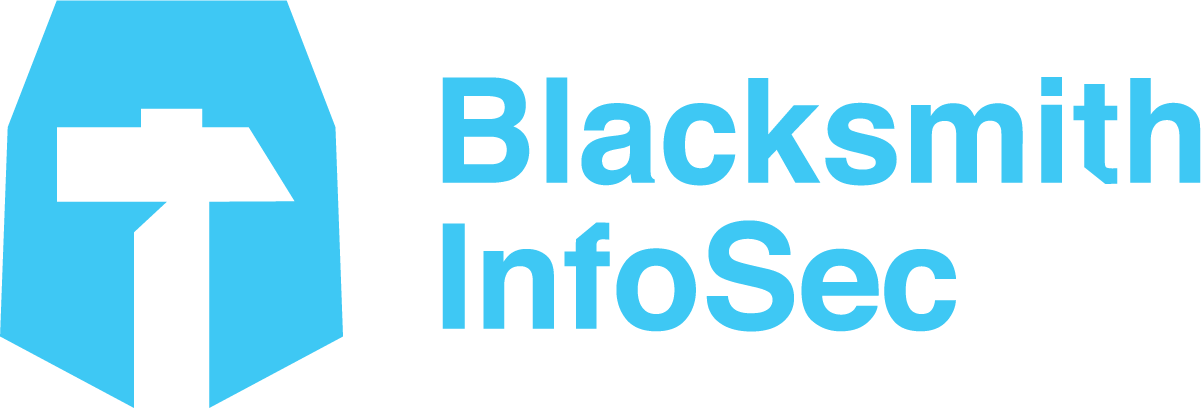Every October, inboxes fill with ghostly warnings, skeleton memes, and stats about lurking cyber threats — because Halloween is peak season for “scary” security marketing. Vendors and MSPs have leaned on puns and percentages for years, hoping to rattle clients into paying attention. Yet research shows that fear-based tactics, while momentarily grabbing attention, rarely create lasting change and can even backfire by wearing out trust or causing people to tune out.
Why Fear Falls Flat — And What Works Instead
-
Constant fear messaging may work with less experienced buyers, but most users and business leaders have seen it all before and prefer trust, clarity, and solutions over doom-and-gloom predictions.
-
The most effective awareness efforts empower people by connecting security to daily routines and real-world impact, not abstract threats or blame.
Creative, Non-Technical Ways to Turn Awareness Into Action
-
Positive Reinforcement: Thank users for safe behaviors (like reporting suspicious emails), gamify good habits, and celebrate the little wins in your newsletter so users see progress rather than just risk.
-
Relatable Stories: Swap out scare tactics for real stories about overcoming incidents and the impact on people, not machines—it builds empathy and encourages thoughtfulness.
-
Humor & Engagement: Use light humor, quizzes, friendly competitions, and memorable visuals in newsletter segments to make security tips part of the company culture — think “Security Myth-Busters” rather than “12 Frightening Facts”.
-
Practical Tips, Not Jargon: Share actionable steps, like multi-factor authentication demos or phishing spot-the-difference games, that users can adopt quickly (and avoid technical language or excessive statistics).
The Takeaway This Halloween
It’s tempting to dress up security in cobwebs and horror movie clichés, but real change comes from making security feel doable, collaborative, and even a bit fun. By focusing your awareness efforts on storytelling and small, ongoing behaviors, your newsletters and emails can help clients build better habits all year — not just during “scare season”.



